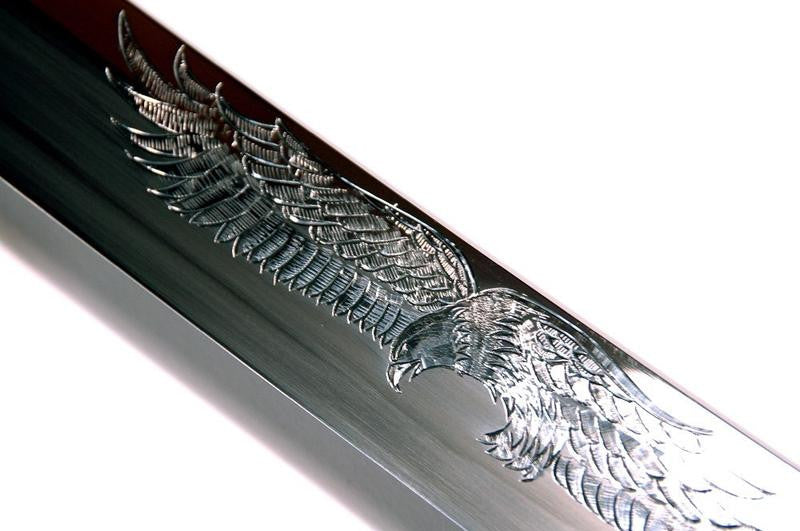Your Cart is Empty


The sword is one of the most iconic weapons in history. Classified as a long-bladed weapon used for slashing and/or thrusting, it has roots dating back to 1600 BC.
While swords have been manufactured using a wide variety of metals, the most common include bronze, iron and steel. So, which of these metals is the best?
Bronze Swords
Some of the world's first swords were made of bronze. Granted, various civilizations has made sharp-bladed weapons from materials such as flint and rock prior to bronze, but the Bronze Age era set a new standard for weaponry. Swordsmiths of this era made bronze swords by mixing copper with various alloys, the most predominant alloy being tin.
Unfortunately, bronze didn't yield exceptionally high-quality weapons or armor, including swords. Bronze swords were brittle, often breaking upon impact.
Another drawback to bronze swords was its rarity. Because it required a rather substantial amount of tin -- a rare metal -- ancient civilizations couldn't easily mass produce bronze swords and weaponry for their armies.
The only real benefit of bronze swords was their resistance to rust and corrosion. Bronze will develop a rusting pattern over time, though it typically never rusts through the metal.
Iron Swords
Although they first appeared around 12th century BC, iron swords weren't widely produced or otherwise available until 8th century BC.
In terms of performance, iron swords offered a slight improvement over its bronze counterpart. Iron swords were slightly stronger, making them less likely to break or bend during use. Furthermore, iron becomes harder the more times it is worked on and repaired. If an iron sword was frequently repaired, it become stronger.
Additionally, iron was more readily available than tin, making it easier and more cost-efficient for ancient civilizations to equip their armies with iron swords instead of bronze.
Steel Swords
The advent of steel technology allowed for even stronger and more durable swords. Swordsmiths discovered that adding coal (carbon) to iron during the smelting process resulted in a new and improved alloy: steel. There were other variations in the production process as well, including the use of quench-hardening techniques instead of work-hardening.
From a quality perspective, steel swords were (and still are) unmatched in their strength and durability. They are stronger, more durable, more resilient, and they can be forged into many different shapes (bronze swords were cast, while steel swords were forged).
Of course, most modern swords are made of steel because of its superior quality. From the Japanese katana to the Korean Ssangsudo, steel is the preferred choice of metal for swordmaking.